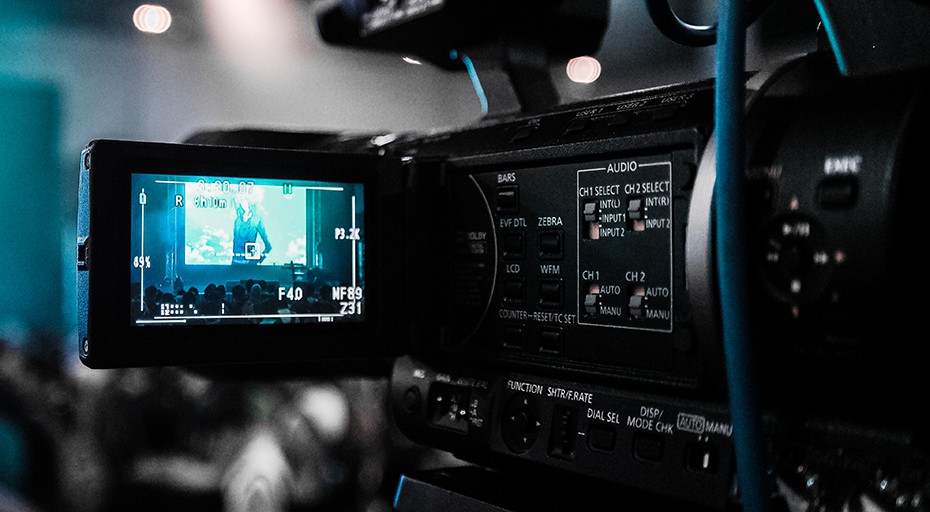Every piece of art we create is a result of a journey, a process of trial and error, innovation, and inspiration, and even in our worst failures, it’s the same deal we go through on a daily basis. During those moments when we ourselves cry out in frustration when we want to give up or give in, it’s during those moments that we should remember what it is that we’re making – it’s not about the final piece of art, it’s about the journey we take to get there.
Art is a fantastic hobby that is both affordable and accessible to everyone. It can help you in your personal and professional life; it can help you relax, relieve stress, and be creative. But the thing is, art is one of those hobbies that is rarely looked after, and sometimes it can be hard to know how to go about it. Life in the art world is complicated. No one can tell us what to do or how to live, but we can learn from our mistakes and develop the right habits.
Down below, we will show you some life hacks for art.
- We all know the value of a well-organized workspace, but some of us take it a bit too far. Whether you have a home studio or an office, you can make your space more efficient and productive by separating your work area from your living area. Your work area would have a different appeal than your living room — the former should ideally appear more “work-like”. It should be abundantly lit and have ergonomic chairs, desks, and drawers (browse through office monster for options) to support you during your intense work hours and store your work safely in your absence. The latter, however, could have a more relaxed appeal — think ambient lighting and couch.
We’ve all read the advice about having a work area that is physically separate from our living area. This is no joke… unless you’re an ax murderer, it’s just a good idea. The ‘artwork = art’ philosophy of art is based on the idea that when you’re in the middle of creating something, you’re not distracted by all the crap that’s floating around you.
- “The word ‘fiber’ has become a dirty word in the art world. It’s considered a cheap, low-quality material. As such, is often avoided in favor of more expensive materials,” says art therapist and aesthetician Joanna Dutkiewicz. However, there are plenty of reasons to swap out toxic materials for safer ones. Not only will it make you feel safer, but the investment in safer materials will create a more sustainable environment for future generations, and it may even prevent you from falling victim to certain cancers.
A lot of artists also work with toxic materials, such as lead crystal, tempera paint, and even cadmium red pigment. These materials pose serious health risks when ingested. So, it’s best always to keep away toxic materials when not used.
- How often do you go to museums or galleries and leave wondering how you can improve your experience? While your imagination tends to run wild when you see a new artwork, you can actually take notes to improve your experience. Ventilation is the key to making these daydreams become a reality.
Have you ever heard of a “ventilation wall”? It’s basically a wall with airflow tubes running along with it to allow an area to be kept cool while still being ventilated via the airflow. While this is an excellent feature for an artist’s studio or office, it’s less useful when it comes to the bathroom.
- Wear protective clothing, always. When you’re creating, it’s important to think about the possibilities and consequences of your actions. When you’re painting, you need to consider the materials you’re working with. When you’re writing, you need to think about where you’re going and what you’ll put there. When you’re sculpting, you need to think about what you’ll use for a base, what form you’ll use to shape your work, and how you’ll finish it.
- You probably store your art supplies by the same method used by your parents and grandparents. If you’re anything like me, that may mean checking on your supplies and seeing you’ve only got a few months left of supplies. It’s easy to get lost in a sea of supplies: what do you have, how much do you need, what can you use up, and what comes next.
Are you using boxes? You should definitely be using boxes. They are the most important things for any media artist to have. They are your safe place. If you don’t have boxes, you are either using flat sheets of paper that are difficult to store or using a nice cardboard box but doesn’t really help in anything.



